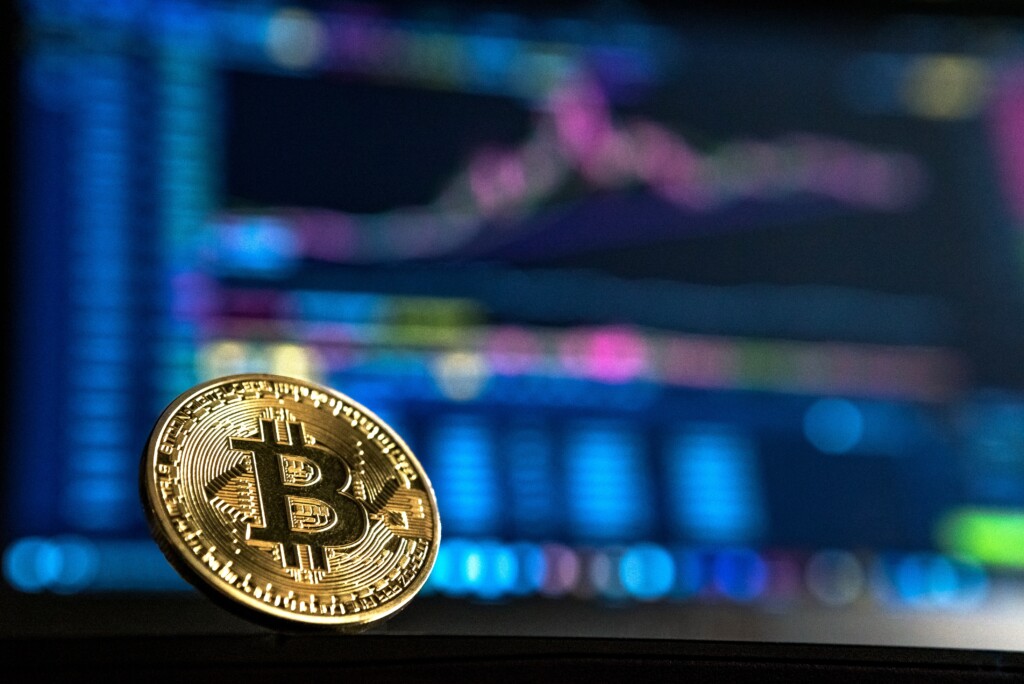
What Is DeFi 2.0?
Decentralized finance, or “DeFi,” is a rapidly growing ecosystem of Ethereum-based protocols and applications that are building the infrastructure for the decentralized economy of the future.
While defi development focused primarily on lending and borrowing platforms, DeFi 2.0 protocols are expanding into a wide range of new areas, including synthetic assets, decentralized exchanges, and protocols for managing digital assets.
With the launch of Ethereum 2.0, DeFi 2.0 protocols will have access to a much more scalable and efficient blockchain that will enable them to power an even wider range of financial applications and services.
DeFi 2.0 vs. DeFi 1.0
With the rise of decentralization, a new wave of financial applications has emerged. These are called Decentralized Finance (DeFi) applications or protocols.
Decentralized finance 2.0 (DeFi 2.0) is a term used to describe the next generation of DeFi protocols that aim to address the limitations of DeFi 1.0 protocols.
DeFi 2.0 protocols are built on top of existing blockchain infrastructure and aim to improve upon the shortcomings of DeFi 1.0 protocols, including scalability, interoperability, and security.
DeFi 2.0 Creates Stronger Connections Between Users
As the DeFi space continues to grow and evolve, we are seeing the development of what is being called “DeFi 2.0.” This new wave of DeFi applications is focused on creating stronger connections between users rather than simply providing them with access to financial services.
One of the most promising aspects of DeFi 2.0 is the ability to connect different blockchains. This would allow users to take advantage of the best features of each platform and create a more seamless experience.
DeFi 2.0 Uses Optimized Governance Patterns
With DeFi 2.0 a new standard for decentralized finance protocols. This new standard builds on the success of previous generations of protocols and optimizes key aspects such as governance.
One of the most important aspects of any decentralized protocol is its governance model. The way a protocol is governed will have a direct impact on its success or failure.
DeFi 2.0 Includes User-Friendly Incentive Schemes
The next wave of decentralized finance (DeFi) applications will include user-friendly incentive schemes that allow users to earn rewards for participating in the network. This will help drive the adoption of defi consulting and protocols and create a more sustainable ecosystem.
DeFi 2.0 Promises a More Sustainable Ecosystem
The DeFi ecosystem has seen incredible growth over the past year, with the total value locked in DeFi protocols reaching over $13 billion. However, this explosive growth has also led to challenges, including scalability issues and a lack of sustainability.
Enter DeFi 2.0, which promises to address these issues and provide a more sustainable ecosystem for users. DeFi 2.0 protocols are built on top of existing defi solution, adding new features and functionality that improve upon the original design.
DeFi 2.0 Strengths and Use Cases
The decentralized finance development company ecosystem has seen explosive growth in recent months, with the total value locked in DeFi protocols reaching over $13 billion as of October 2020.
This growth is driven by the launch of numerous new protocols and platforms that offer a wide range of financial services on the Ethereum blockchain, from lending and borrowing to synthetic assets and decentralized exchanges.
Insurance for Smart Contracts
There is a new type of insurance emerging for smart contracts. This insurance covers the risk of loss or damage that may occur as a result of a flaw in the contract itself.
This is an important development, as it helps to mitigate one of the key risks associated with smart contracts. By ensuring that there is insurance in place, businesses and individuals can have greater confidence in using these defi smart contract development, knowing they will be protected in case of any problems.
This insurance is still in its early stages, and several providers are offering it. Shopping around and comparing policies before choosing one is important, as coverage can vary significantly.
Impermanent Loss Insurance
DAOs, staking pools, and flash loan providers rejoice as you no longer have to worry about impermanent loss. With DeFi 2.0’s new insurance feature, you can now get reimbursed for any losses that may occur due to market conditions.
Self-Repaying Loans
As the name suggests, self-repaying loans are loans that are repaid themselves. In other words, they are loans that don’t require the borrower to make any payments. Instead, the loan is automatically repaid from the proceeds of the underlying collateral asset.
DeFi 2.0 Risks
DeFi 2.0 risks are very different from those associated with defi crypto. In particular, the new generation of protocols is much more complex and thus presents a greater risk of technical failures and vulnerabilities.
The Continued Threat of Hackers
Despite the multiple layers of security that have been put in place, hackers continue to be a threat to DeFi protocols. In December 2020, hackers were able to exploit a flaw in the code of the popular lending protocol box and make off with $8 million worth of crypto.
Future Government Regulations
It’s still unclear how governments will regulate the decentralized finance space. While some countries have shown support for the industry, others have been cracking down on crypto currency-related activity. If regulations are too strict, it could stifle innovation in the DeFi space.
The Volatility of Crypto currencies
The prices of crypto currencies are notoriously volatile. This makes it risky to use them as collateral for loans or to invest in yield-generating protocols. If the value of your collateral falls below a certain threshold, you could risk losing your investment.
How To Invest in DeFi 2.0
To get involved in decentralized finance (DeFi), you’ll need to know how to invest in DeFi 2.0.
The first thing you need to do is find a reputable exchange that supports DeFi trading. Once you’ve found a business, you’ll need to create an account and deposit some funds.
Once you have an account and some funds deposited, you can start trading DeFi assets. To do this, you’ll need to find a defi development company that you want to invest in and place an order to buy it.
It’s important to remember that DeFi 2.0 is still a new and developing ecosystem. As such, there are a few risks to be aware of. First and foremost, always do your research before investing in any asset.



